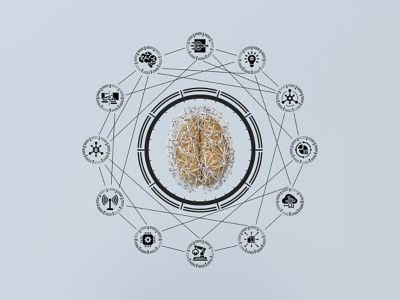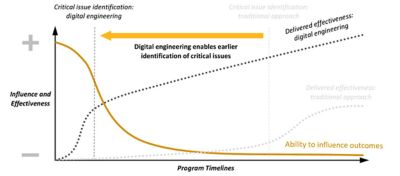-
-
Accédez au logiciel étudiant gratuit
Ansys donne les moyens à la prochaine génération d'ingénieurs
Les étudiants ont accès gratuitement à un logiciel de simulation de classe mondiale.
-
Connectez-vous avec Ansys maintenant !
Concevez votre avenir
Connectez-vous à Ansys pour découvrir comment la simulation peut alimenter votre prochaine percée.
Pays et régions
Espace client
Support
Communautés partenaires
Contacter le service commercial
Pour les États-Unis et le Canada
S'inscrire
Essais gratuits
Produits & Services
Apprendre
À propos d'Ansys
Back
Produits & Services
Back
Apprendre
Ansys donne les moyens à la prochaine génération d'ingénieurs
Les étudiants ont accès gratuitement à un logiciel de simulation de classe mondiale.
Back
À propos d'Ansys
Concevez votre avenir
Connectez-vous à Ansys pour découvrir comment la simulation peut alimenter votre prochaine percée.
Espace client
Support
Communautés partenaires
Contacter le service commercial
Pour les États-Unis et le Canada
S'inscrire
Essais gratuits
ANSYS BLOG
August 29, 2023
How to Reap the Rewards of Digital Engineering Within an Enterprise
In the world of engineered systems, two extraordinary things are happening at once. First, the emergence of new technologies is accelerating, which is wildly expanding the possibilities that these systems can deliver. At the same time, these rapid advances are obsolescing traditional business models and best practices. In other words, so-called “disruptive technologies” are not just disrupting the marketplace, but also the practice of industry itself.
Perhaps the most dramatic shift in technology is the complexity — achieved through interconnectedness — of modern, cyber-physical systems. In many obvious ways, these interconnections cross physical domains; for example, an automobile receiving GPS data from space to guide travel on the ground. But these interconnections also cross technological domains, such as lidar data from an automobile’s sensors that inform an autonomous braking system.

It is especially these interconnected qualities of modern, complex systems that are forcing organizations to reckon with painful — but promising — change. The speed at which markets and warfighters demand new capabilities is not slowing down; if anything, that pace is accelerating, too. So, while complexity threatens to extend timelines and delay schedules, time waits for no one — and neither do adversaries or competitors. That’s why the industry imperative to stay ahead now requires a fundamental change in how engineered systems are designed, developed, tested, and maintained.
Address the Challenges of Change
For years, Ansys has worked with our customers around the world to comprehend the full dimensions and exact nature of this change. Along the way, we have developed a diverse collection of insights, observations, and necessary best practices. The greatest challenge is always in developing a comprehensive, holistic view that reveals what it will truly take to ensure that an organization is positioned for success.
At the heart of the solution to this challenge is the vision and technological readiness for an open, collaborative ecosystem — one that is adaptable and can be deployed in legacy environments. Such an ecosystem provides a framework for the incremental adoption of fourth industrial revolution technologies.
We recently decided that it was time to articulate and share our vision in this regard, and so we have published a white paper on this important topic. The result — “A Perspective on the Adoption of Digital Engineering Within an Enterprise” — examines perhaps the most important response that any organization can make in view of this new reality: the adoption of digital engineering.
The meaning of this term — digital engineering — has evolved in an organic and varied way for years, leaving many disparate ideas of what it entails or what it can suitably be applied to. Thus, the primary objective of this paper is to provide a clear and comprehensible view of what digital engineering is and the many ways that it can be applied to deliver a genuinely transformative effect for product engineering organizations.
To arrive at this clarifying picture of digital engineering, this paper examines many underlying topics:
- The importance of having a holistic understanding of the digital engineering ecosystem
- Why an open environment is crucial for organizations to adopt the latest advancements for sustained scalability, flexibility, and agility in their product development efforts
- The importance of implementing frameworks with full system traceability for continuous integration, deployment, and verification
- Multidomain, distributed, collaborative execution of digital engineering activities in a safe and secure environment.
In exploring these concepts, this paper demonstrates how digital engineering reduces risks to costs, schedules, and operational performance. It achieves these gains by enabling organizations to detect critical issues much earlier in the life cycle than traditional approaches and by generating insights that support critical decisions — and which also examine the interconnected consequences of them.
In the end, we hope that this paper demonstrates that the road to virtualization in the product development process requires sound modeling, simulation, and analysis practices within the digital engineering framework. We believe that everything discussed in this paper is achievable by any organization with the proper commitment. And most importantly, we believe that this paper makes an effective argument that this transformation will profusely reward any organization that embraces it.
Download the "A Perspective on the Adoption of Digital Engineering within an Enterprise" white paper to learn more.
